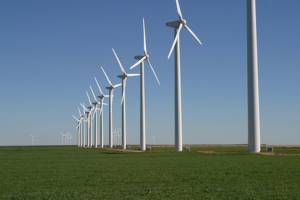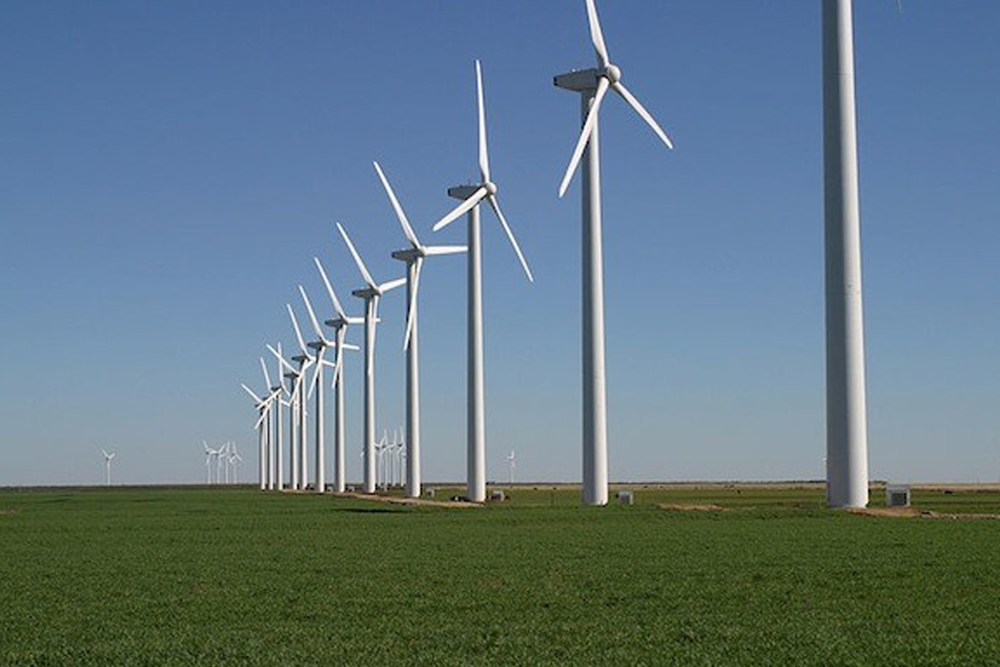
Mechanics liens have been around a long time. In fact, they date back to at least the original construction of Washington, D.C. The great thing about mechanics liens is that they cover a huge variety of projects. Specifically, in addition to traditional construction projects like residences, mechanics liens are also a great way for unpaid subcontractors and suppliers who furnish labor or materials to get paid for the construction of “green” projects like wind farms.
Filing a Mechanics Lien on a New Hampshire Wind Farm
levelset has wonderful resources describing the ins and outs of filing a mechanics lien and suing to foreclose on a mechanics lien in New Hampshire. In New Hampshire, a party can file a mechanics lien on any:
House or other building or appurtenances, or for building any dam, canal, sluiceway, well or bridge, or for consumption or use in the prosecution of such work, other than for a municipality […]
Although the New Hampshire statutes are in need of some serious updating (the statutes still provide separate categories for “bricks”) it’s fairly certain that even these seriously outdated statutes would include a modern project like a wind farm.
In 2011, Groton Wind, a wind farm developer, contracted with Iberdola Energy Projects to construct a 48 MW wind farm in rural New Hampshire. Iberdola then contracted with Cianbro to provide labor and materials to the farm. Cianbro finally hired the plaintiff, Alvin A. Colemean & Son to complete much of the work assigned to Cianbro, including building roadways, foundations, and underground electrical infrastructure.
The lien doesn’t state exactly how much Coleman was to paid. However, according to the plaintiff, work worth close to $3.5 million was performed in addition to the originally contemplated work. As a result, Coleman filed a lien for that amount on the wind farm’s property.
The lien does have a few twists, however. In addition to filing a lien for nearly $3.5 million, Coleman also asked the court to permit the attachment of a mechanics lien to the property without sending notice of the lien first. Under an exception to the requirements of notice provided under New Hampshire law, a party may file a lien without first sending notice if:
There is imminent danger of transfer to a bona fide third party. In such land cases, as well as those to perfect a labor and materials lien, a writ of attachment may be filed at a registry of deeds without prior application and notice, provided said writ is in the form of a lis pendens and specifically restricts its application to the particular real estate described in the writ and the return of attachment.
Because the plaintiff, Coleman, believed that the property would change hands perhaps before it actually had a chance to file the lien, it asked the court to forego the usual notice requirements. Fortunately for Coleman, the court agreed and Coleman’s lien was successfully filed on April 3, 2013.
In the original complaint, Coleman asserted that should the court permit the lien to be filed, which it did, it would also file suit to foreclose on that lien.
To What Property Does a Wind Farm Lien Attach?
A question you might have is if an unpaid subcontractor such as Coleman wants to file a lien on a green project such as a wind farm, on which property does the lien attach? Specifically, should the lien be filed on the wind turbines themselves or should it be filed on the land in which the turbines are situated? Or, does it even matter?
Should the lien be filed on the wind turbines themselves or should it be filed on the land in which the turbines are situated?
The answer in at least two examples is that the lien attaches to the land, not solely the turbines. In its complaint, for example, Coleman referred to three lots on which the mechanics lien would attach.
Filing a lien on the land, not the turbines themselves, can have unintended negative consequences for the original property owners. For example, on an upstate New York project, Hardscrabble Wind Farm, Iberdola is also party to a mechanics lien. As a result, the property owners who, it appears, leased their land to Iberdola in order to construct the farm are now finding out that their property is being specified in a number of mechanics liens filed by a concrete company. Even property owners without any physical turbines on their land are being named in the liens.
One property owner involved in that project couldn’t understand why the liens were filed on his property since he “had nothing to do with their cement.” Unfortunately, whether the property owner hired the concrete subcontractor or even knew that concrete work was performed on his property is irrelevant since a indirect contractual relationship exists between the property owner and subcontractor. This demonstrates the power of the mechanics lien as a instrument that can secure payment from all parties up-the-chain from the lien claimant.
Thus, property owners who lease land to energy companies, whether they are “green” or not, should be careful to ensure that they understand that if the energy developer doesn’t pay its subcontractors and suppliers, the property owner may be the one confronted with a mechanics lien.




